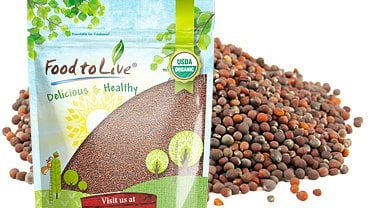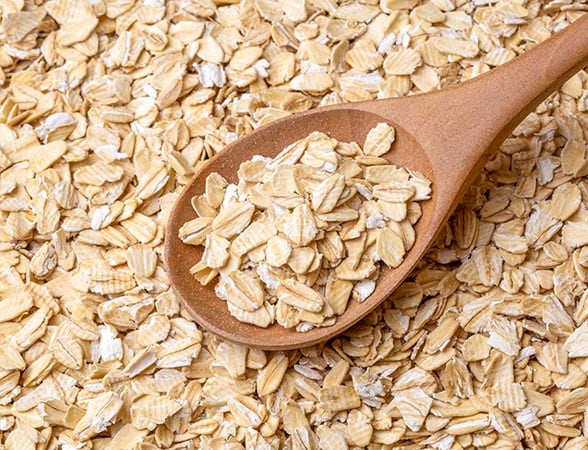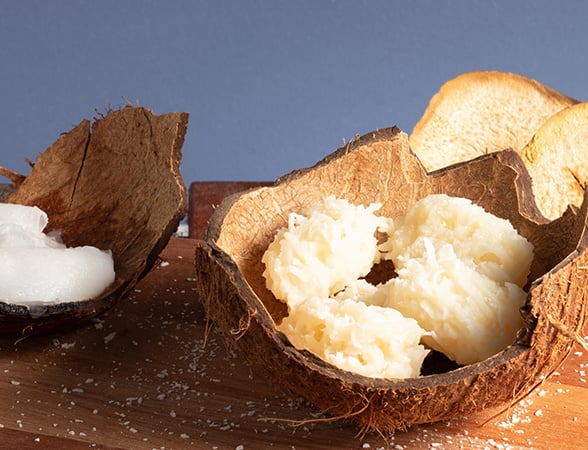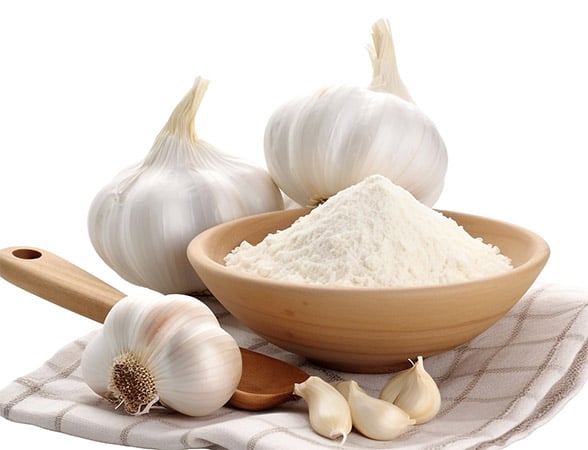May 29, 2018 · Written by Foodtolive Team
What Is Amaranth: Benefits, Nutrition And Uses
A food that is considered to be domesticated between 6,000 and 8,000 years ago, Amaranth is definitively a source of nourishment for people around this time. It was the major crop of pre-Columbian Aztecs. It is gluten-free, high in protein, minerals, and vitamins that the ancient culture depended on these grains as their staple food for their diets and had used it for religious and medicinal purposes.
Amaranth is gaining popularity nowadays because of its amazing health benefits. It is a very tall plant with wide green leaves and comes in radiant colors of purple, red or gold flowers. It grows very fast at high temperature and can endure drought with a very high yield. One plant alone can yield 20,000 seeds making it a productive grain crop and the best source of vegetable protein in the world. Amaranth is a native of Peru and is being cultivated in India, China, Russia, South America and North America. “Pigweed” is a wild species of Amaranth that is grown in the US and used as a food crop.
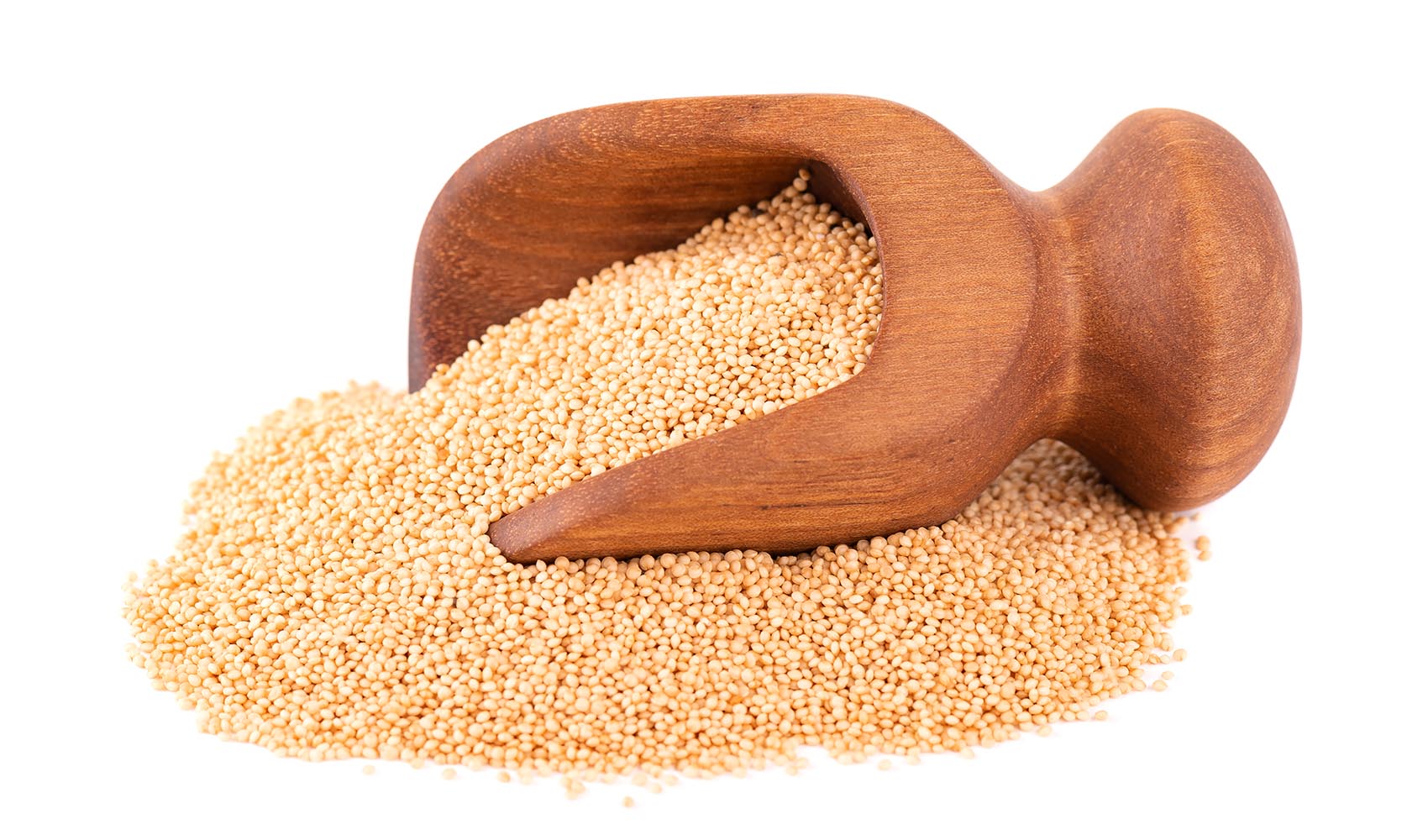
Amaranth Nutrition Facts
Amaranth has the best nutrients suited to address the deficiency of some vitamins and minerals needed for optimum health. Amaranth seeds contain 13-15% of protein. It is also high in fiber, iron, potassium, calcium, phosphorous, zinc, thiamine, niacin, manganese, magnesium, vitamin B6, B12 and vitamin A and C. One cup of cooked Amaranth provides you 251 grams of calories, zero cholesterol, and 4 grams of fat.
Health Benefits of Amaranth
Being a healthy grain, Amaranth possesses benefits that are superb for your diet.
- Abundant source of protein.
It contains 13% or 9 grams of good quality protein per cup if cooked which is much higher than any other grains. As we know, protein is an important building blocks for our muscles, bones, skin, cartilage, and blood. It builds and repair tissue, needed to make enzymes, balances hormones, aids in digestion, support neurological function and helps in weight loss since it will make you full for longer period. - Reduce inflammation.
Inflammation is a natural response of our body to protect against injury and infection but chronic inflammation can cause chronic diseases that has been associated with conditions such as arthritis and autoimmune disorders. Amaranth has the power to reduce symptoms of inflammation and serves as a natural treatment for arthritis, osteoarthritis and other inflammatory conditions according to several studies. - May lower cholesterol.
Due to high fiber content of amaranth, it naturally lowers cholesterol. Eating high fiber foods binds the cholesterol in the digestive system that cause our body to excrete it. - Aids in weight loss.
This is good food for people who want to shed extra pounds as amaranth is high in protein and fiber which can aid in weight loss. Studies show that eating high protein and fiber-rich food at breakfast reduces the levels of ghrelin, a hormone that stimulates hunger and decreases appetite and calorie intake. High fiber and protein diet can keep you full longer and increase endurance levels. Amaranth has a high quantity of lysine unlike with other grains which only have lower amounts. Lysine is essential in the production of carnitine, a nutrient responsible for converting fatty acids to energy. So, if you are feeling sluggish and needs energy to exercise, amaranth can help you out with this by adding it to your diet. - Fights diabetes.
Manganese is one important nutrient that amaranth has to prevent diabetes and reduce high blood sugar levels. Manganese is responsible of producing enzymes in the process called gluconeogenesis in turn convert the amino acids into sugar and balances the sugar within the bloodstream. Study shows that people with diabetes has low manganese level in their blood.
There are a lot of ways to enjoy and use amaranth in your everyday diet. Amaranth has a crunchy, sweet and nutty flavor in it even if it is boiled it doesn’t lose its texture. It is soft from the inside but still intact on the outer. Its nutty flavor is heightened when roasted or popped in a pan.
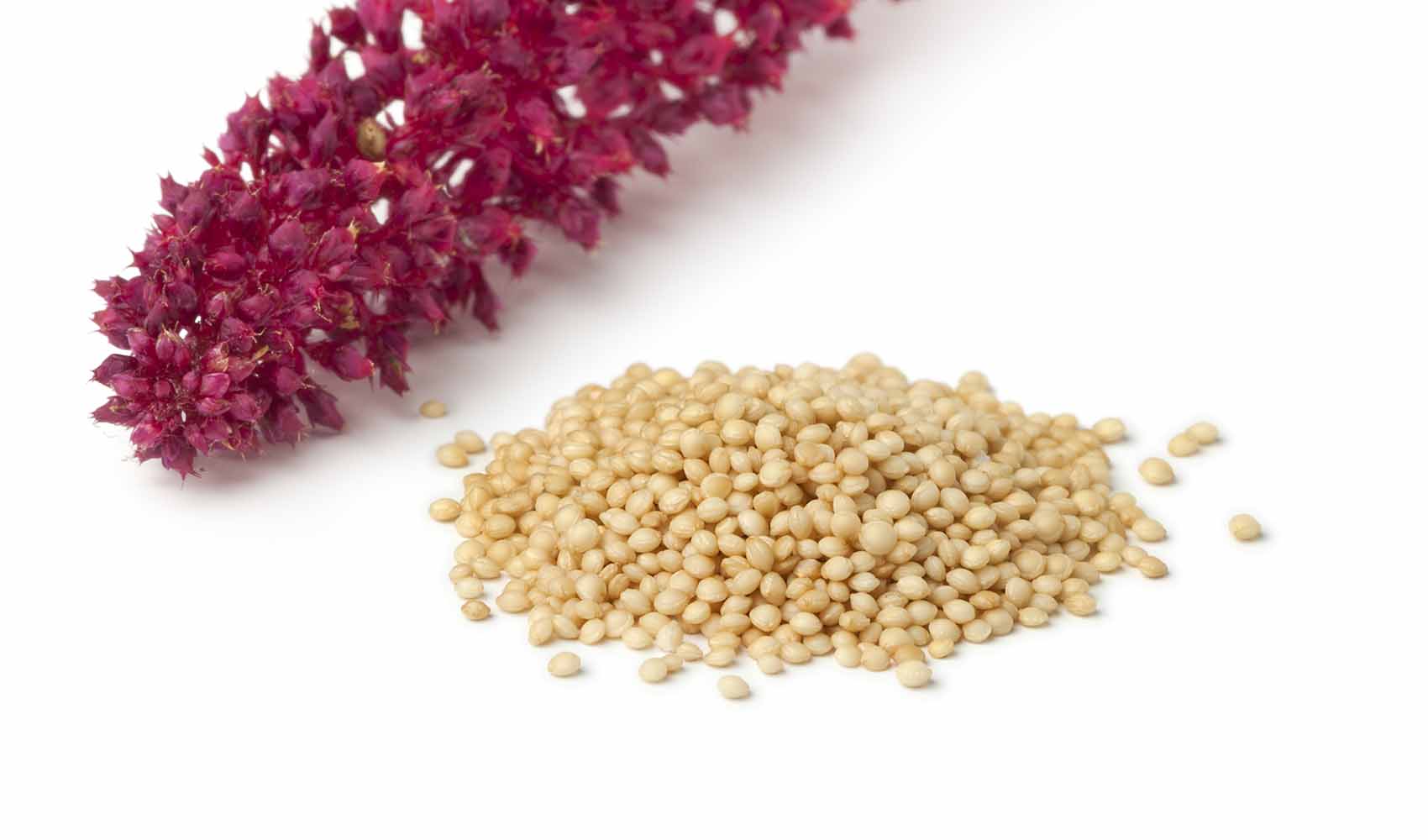
Uses of Amaranth
- Mix amaranth with fruits and nuts. Have it as a nutritious breakfast together with non-dairy milk like almond and soya milk.
- Boil amaranth and let stand for 20-25 minutes to allow liquid to absorbed and then topped with walnuts or almonds, milk and honey.
- Add amaranth in a smoothie for a delicious and nutty flavor.
- You may use it as a filling for vegan hamburgers and meatballs, fritters or soup.
- Use amaranth as desserts like pudding or rice cakes.
- Use amaranth flour to bake gluten-free goodies.
- Amaranth has a porridge-like consistency that can be made into cereal. Just add apple juice and bring to a boil. Let it stand for 25 minutes and mix in your favorite fruits, cinnamon and honey.
- You can pop it in a skillet and enjoy them as snacks.
- You can use them as a gluten-free thickener to your soup and stews.
Amaranth benefits, nutrition, and uses have been enjoyed thousands of years ago by ancient culture making it as their staple food. Amaranth is very much available now so why not give it a go and incorporate it into your diet and experience what has been enjoyed thousands of years ago.



